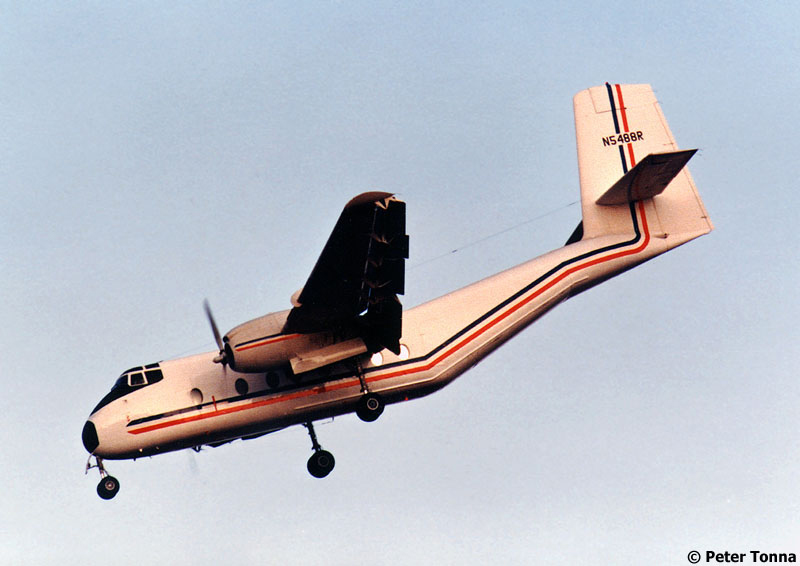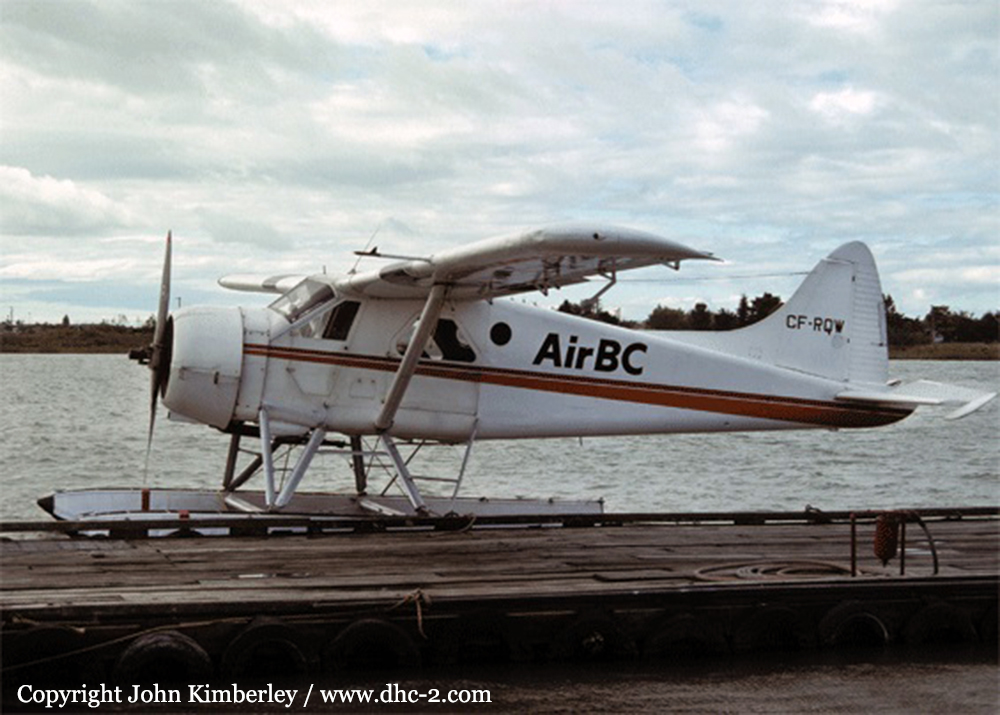Crash of a Piper PA-31-310 Navajo in Port Heiden: 1 killed
Date & Time:
Feb 14, 1985 at 1900 LT
Registration:
N63719
Survivors:
No
Schedule:
Becharof Lake - Cold Bay
MSN:
31-7712042
YOM:
1977
Crew on board:
1
Crew fatalities:
Pax on board:
0
Pax fatalities:
Other fatalities:
Total fatalities:
1
Captain / Total hours on type:
2250.00
Aircraft flight hours:
4284
Circumstances:
This flight originated near Becharof Lake and was destined for Cold Bay. Aircraft crashed into the side of a mountain at the 7,500 feet level, 23 miles left of course. Marginal weather conditions existed including a 35 knot right crosswind. Pilot had flown the same route about 1 hour prior to the accident. Company VFR flight plan was filed. Accident occurred at sunset. The pilot, sole on board, was killed.
Probable cause:
Occurrence #1: in flight collision with terrain/water
Phase of operation: cruise
Findings
1. (f) weather condition - obscuration
2. (f) weather condition - unfavorable wind
3. (f) weather condition - snow
4. (c) flight into known adverse weather - intentional - pilot in command
5. (c) vfr flight into imc - continued - pilot in command
6. (c) compensation for wind conditions - inadequate - pilot in command
7. (f) terrain condition - mountainous/hilly
8. (f) light condition - dark night
9. (f) in-flight planning/decision - poor - pilot in command
Phase of operation: cruise
Findings
1. (f) weather condition - obscuration
2. (f) weather condition - unfavorable wind
3. (f) weather condition - snow
4. (c) flight into known adverse weather - intentional - pilot in command
5. (c) vfr flight into imc - continued - pilot in command
6. (c) compensation for wind conditions - inadequate - pilot in command
7. (f) terrain condition - mountainous/hilly
8. (f) light condition - dark night
9. (f) in-flight planning/decision - poor - pilot in command
Final Report:








